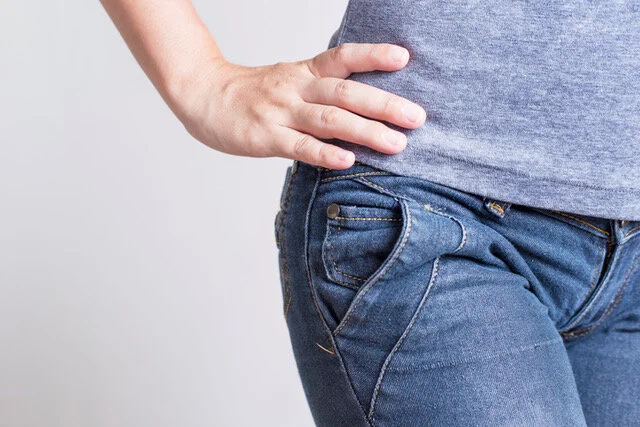Are you struggling with Hip pain?
Osteopaths are presented with patients with localised pain in the hip, but the source could be multifold, for example.
1. The patient could be sporty and directly damage or overuse the hip joint.
2. The patient could be pregnant and have what is called Pelvic Girdle pain
3. The patient could have symptoms relating to Osteoarthritis
4. The patients hip pain may be referred pain from the lumbar spine or sacroiliac joint
5. The patient often is presented with hip bursitis.
The Role of the Osteopath
The role of the osteopath is to diagnose what’s wrong and what can be done. Often MRI’s and blood work is needed to get to answers, and indeed we work closely with our local orthopaedics who regularly send us their patients.
Osteopaths cannot cure Osteoarthritis
Osteopaths cannot cure Osteoarthritis; this point must be clearly understood. However, this can be helped gently stretching/mobilising the hip joint itself and also massaging the hip muscles. Exercises are also given and we also refer to our Clinical Pilates studio for comprehensive help when a course of rehabilitation is needed. We also may need the help of our resident Nutritionist Dr Zeeba if we clinically feel this is correct.
The osteopaths at the Osteopathic Clinic Croydon also use the following to help our patients hip pain if needed,
1. Dry needling
2. Laser therapy nice new word ‘Photobiomodulation.’
3. Interferential Therapy
4. Ultrasound
Exercises for Hip pain.
I often share simple exercises on my Instagram page.
This exercise is a simple functional warm up to get those hip rotators switched on. This is very helpful for lower back pain, hip pain and knee pain. I’m using a strong loop.
I would suggest 5 of each and repeat 3 times.
Challenging your bridge exercise
1. Always neutral small ball to help align, link abductors and pelvic floor
2.Maintain length at all times -aim knee to wall / ceiling meet.
3. Shift pelvis laterally R&L, no loss of height - hang on to your deeper stabilisers of spine
4. Add in a rotation of the pelvis / lumbar spine.
5. Challenge all these with heels off the ground.
A must is the length of thigh and effective core recruitment ( no tucking under! )
Suggest 5 at a time, usual all about control
Pilates Exercise for the Hip
Martine demonstrating how we work the area of your hip called the ‘posterior chain’ on the Pilates Trapez Table.
Written By Paul Morrissey
.

